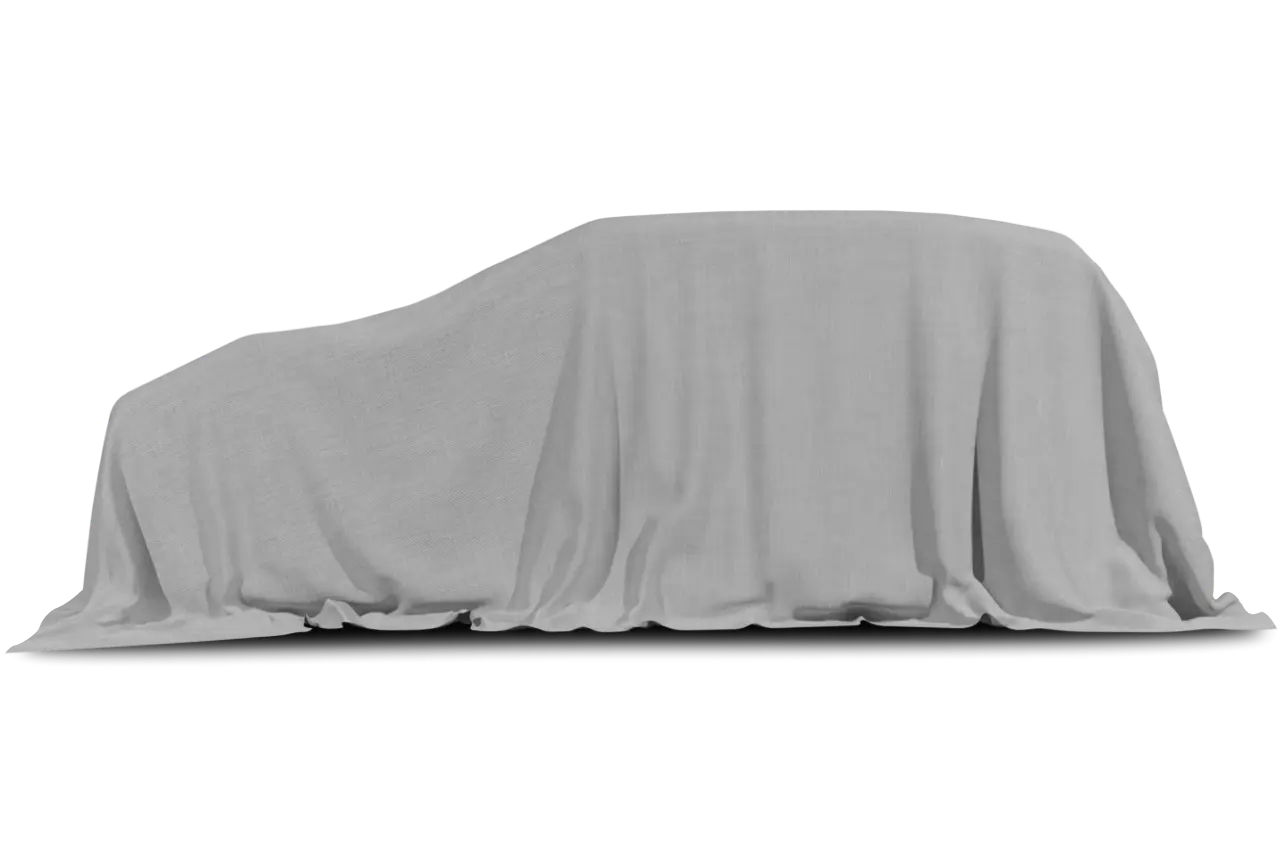
Corvette model changes don’t happen very often. Since America’s most famous sports car debuted in 1953, there have been just four total rebuilds of this American icon. The current generation has been around since 1984.
But when the 1997 model year begins in a few weeks, no new Corvette will be in Chevrolet showrooms. The current generation, perhaps the most maligned in the Corvette’s 43-yearhistory, will be history. The all-new 1997 Corvette, to be shown in January at the North American International Auto Show in Detroit, will go on sale early next spring.
The current Corvette started life with a host of design and quality problems. Then came the ZR-1 fiasco.
Chevrolet offered the ZR-1 as an options package that cost almost as much as the car. The ZR-1 option bumped horsepower up to the 400 range and gave the Corvette true supercar performance. But a recession and speculators who pushed the price of the car far past the $65,000 range ruined the market, and the ZR-1 died with a checkered reputation.
I recently tested one of the last fourth-generation Corvettes built. The production line in Bowling Green, Ky., has closed and preparations are under way to convert the factory to begin building the new model. Chevrolet officials hope that there are enough Corvettes built to last until the new model comes out. If not, dealers won’t be out of stock long.
Though the quality of the 1996 Corvette is excellent, its shortcomings show where Chevrolet will have to improve the new model.
PERFORMANCE, HANDLING
For 1996, Chevrolet offers the Corvette with a new small-block, 350-cubic-inch V-8 called the LT4. Horsepower is rated at a robust 330. The 300 horsepower LT1 engine is the standard engine.
Our bright red test car came with the LT4 engine, an option that added $1,450 to the window sticker. That’s a lot to pay for a 30-horsepower boost, but if you like neck-snapping acceleration and thunder under your rightfoot, you’ll want this motor.
Road & Track magazine recently tested a Corvette with the LT4 engine and clocked a 0-to-60 mph time of 5.2 seconds. That is serious speed.
The LT4 features specially designed aluminum cylinder heads, hollow valves and a high-performance camshaft, pistons and fuel injectors. Despite those items, the LT4 packs a very civilized punch. It starts quickly, idles smoothly and runs quietly at steady cruising speeds.
The engine gives the Corvette a real muscle-car feel. When you touch the accelerator, the engine makes a pulse-increasing rumble and a nice whooshing noise.
The LT4 comes only with a six-speed manual transmission. If you want an automatic transmission, you have to settle for the LT1 engine.
Our test car proved easy to shift. The clutch didn’t require an extraordinary amount of pressure, and the shifter was generally easy to work.
But some of the noises the gearbox made were awful. When I shifted fast, or downshifted in to second gear, I could hear the synchronizers in the transmission wind up. This gave the car a real junky sound.
The next Corvette will need a world-class manual transmission, as smooth and quiet as the one in the Toyota Supra.
Our test car came with the ($350) optional Performance Handling Package. I don’t recommend this unless you occasionally race the car in amateur events. The ride is stiff and punishing. Driving over bumpy, brickroads provoked a chorus of complaints from various passengers about the harsh ride.
All Corvettes come with four-wheel independent suspension, 17-inch tires, four-wheel anti-lock brakes and power-assisted rack-and-pinion steering.
The Corvette’s 40-foot turning radius made it difficult to make U-turns and to park in tight places. The next Corvette will need a world-class steering system, as good as the one in the Porsche 911.
FIT AND FINISH
I was pleasantly surprised at the high-quality manner in which our te t vehicle was assembled. This is a very tightly bolted together rocket ship. There was nothing amiss – not a squeak or rattle was heard.
In the past I’ve tested Corvettes that seemed haphazardly assembled. But the quality of our test car’s leather seats, carpet and rubberlike dash conveyed to me a feeling of durability.
Our car was loaded with options. Switches on the console allow the driver and passenger to inflate three air bags in the seats to adjust the level of back support and side bolsters. Power windows and mirrors are standard. So is a radio-controlled door lock system that automatically locks and unlocks the driver’s door when the key fob is in a certain proximity to the car.
If price is a concern, some options could be left out. For instance, the six-way power passenger seat added $305 to the price; a low-pressure warning system for the tires costs $325, and the removable glass roof panel was another $650.
Our test car proved comfortable for long periods behind the wheel, and visibility was excellent.
On the negative side, the air-conditioning system had a rough time cooling the car when the temperature increased to more than 90 degrees.
The next Corvette will need a world-class air-conditioner, as good as the one in the Mercedes-Benz 500 SL.
The fourth-generation Corvette started out poorly and was improved every year. Sales have been strong, indicating that even in a weak sports car market, America’s sports car has not lost its allure.
But will the fourth generation Corvette be as collectible as previous models? A lot of that will depend on the next generation. If the 1997 Corvette bombs, the 1984-96 model may be viewed as ”the last good one.”
Specifications: Base price: $37,225 Safety: Dual air bags, anti-lock brakes, traction control, side-impact protection Price as tested: $43,224 EPA rating: 16 mpg city/27 mpg highway Incentives: None
Truett’s tip: The final edition of the fourth-generation Corvette is a tightly built, wickedly fast machine. However, its place in history as a classic is not yet secure.























